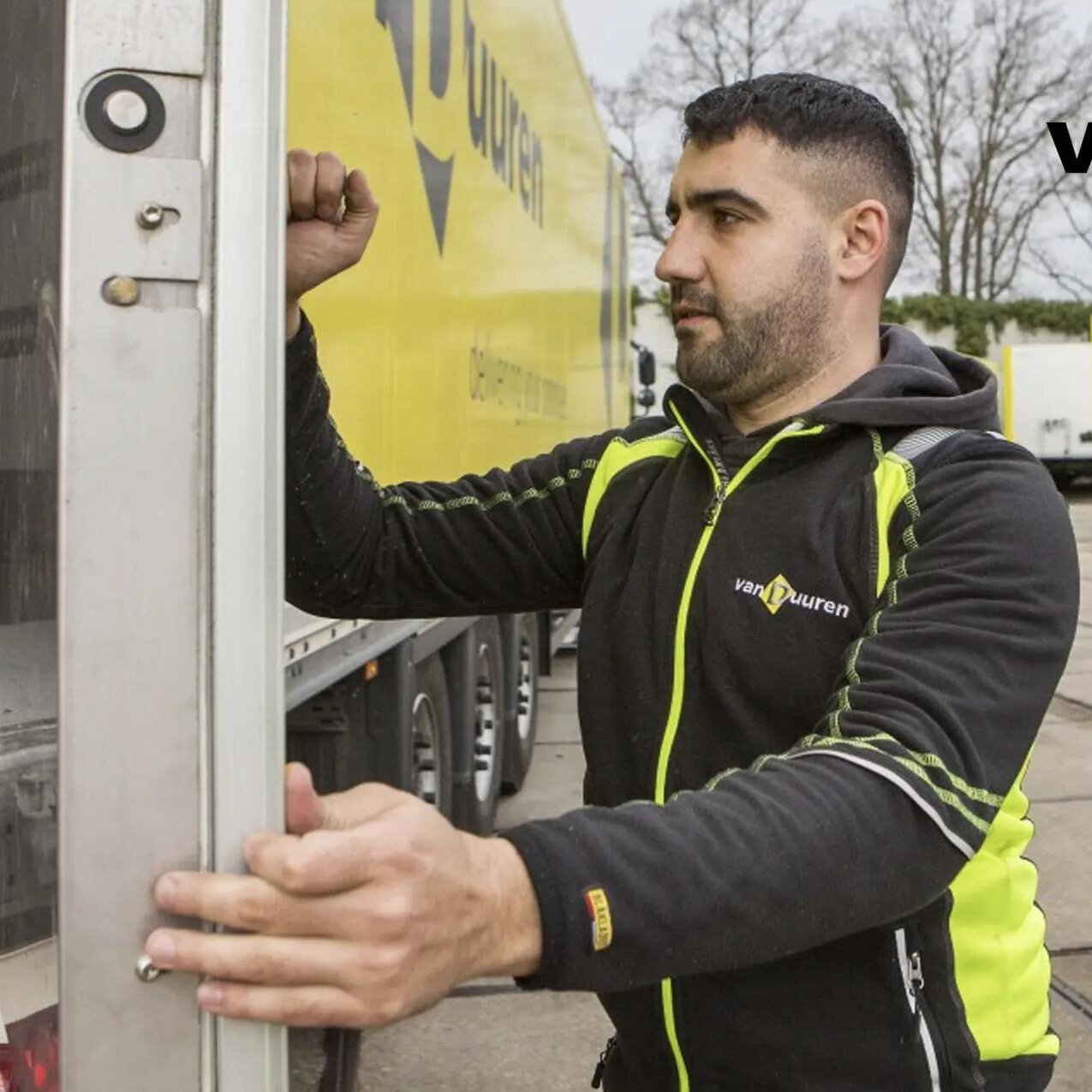What can you do now to be HANA ready in 2021?

As you know by now, in 2027 SAP will stop supporting everything except HANA and the application stack based on HANA. Organizations that want to complete a migration in time are aiming for a switch in 2021 or 2022. Gartner therefore expects a peak of HANA projects in these years and a scarcity of available consultancy capacity thereafter. It is often underestimated how long the transition to the new platform will take. In this blog you can read what you can already do to benefit from the power of SAP HANA in 2021.
The most important tip to make the migration to SAP HANA a success story: start on time. The new HANA in-memory database processes and analyzes data very quickly, which requires a considerably heavier infrastructure.
The functional changes take more time than just converting them to the HANA platform. For example, the new application versions for various parts are different in terms of options and layout. Due to the disruptive nature of HANA, be prepared for costs for hardware, management and additional (business) consultancy.
Go through SAP’s migration program
The steps you can take to start the migration process well prepared are summarized by SAP in the “movement program”. It consists of four topics:
- Determine strategy
- Business case development
- Evaluating alternatives
- Choosing a partner
The first question is: “What does the organization want?”. Consider possibilities such as: resolving certain performance issues, improving customer experience, being prepared for SAP software (support) developments or deploying new functionalities. With SAP HANA you prepare yourself for the future.
The goals you want to achieve with SAP HANA determine what the IT landscape (infrastructure) should look like. There are various SAP tools available with which you can calculate in advance how much capacity you need. This sizing is an important indicator of the options you have for rolling out the new environment and the budget that goes with it.
Take a closer look at the entire landscape
For a comprehensive business case, we recommend that you consider the entire (SAP) landscape. Issues such as customization in the current situation, data size and possible links with other systems play a role in this.
Customization and old coding can cause delays in the migration to HANA. However, it is of course also possible that custom functions are no longer required for certain functions, because these have already been built in the new release by SAP. By mapping out exceptions in the preparation, you can prevent surprises afterwards with all associated consequences in terms of time and costs.
Another point is whether all data must be transferred to the new environment. Optimization through, for example, archiving, has a direct impact on the total costs of the migration. In addition, it is wise to check beforehand whether software that is now connected to the SAP environment can communicate with the HANA solution. That also prevents surprises afterwards. Also think of management and backup tools.
To cloud or not to cloud?
Another important question that comes up at a preparatory stage is: “To cloud or not to cloud?”. If you opt for the cloud, there are different service levels. You can use a basic SAP (SaaS) design or make a limited investment in advance for an IaaS infrastructure. Switching to a cloud environment also means that you will probably have to take additional measures to protect privacy-sensitive data or to correctly shape demand management.
In addition, the question is which additional logistics or reporting systems will use the SAP data. An on-premise solution (“not to cloud”) offers benefits when it comes to performance, integration within the existing environment and costs. In any case, the preparation of a data model (if not already present) and the implementation of data classification is a step that you can already take now.
The final step
After the vision has been set, the transformation plan has been set and the options have been considered, the final step follows: choosing with which functional and technical partners you will implement the switch.
In addition to the required knowledge, external parties also have experience with this type of migration process. They are aware of the latest developments in the market, know what is involved in the management of this new environment and know the pitfalls. They can therefore help you prepare and accurately identify costs and revenues. This way you will not be confronted with surprises. In addition, external parties often offer training courses and can provide a (temporary) test environment to train your own people and to have basic experience gained with the new environment. Together with these parties you ensure that you are ready in 2021 to use the new possibilities of the new software for HANA.
Do you want to know more about the transition to SAP HANA? Then download the e-book “Why is it time to switch to SAP HANA” or contact Louis Joosse without obligation (T. +31 30 303 2900 or E. info@bpsolutions.com).
Want to make your world a little smarter?
Get in contact with Cedric Jacott and we will reach out to you.
Related Articles
Cyberaanval! Ben jij er klaar voor?
1/04/2025
Cybersecurity & Continuïteit: Isolated Recovery Environment as a Service
27/03/2025
Cybersecurity & Continuïteit: BaaS alleen is niet genoeg
25/03/2025
Cyberaanval? De impact is groter dan je denkt
23/03/2025
Detectie en isolatie: voorbereiden op een cyberaanval
18/03/2025











